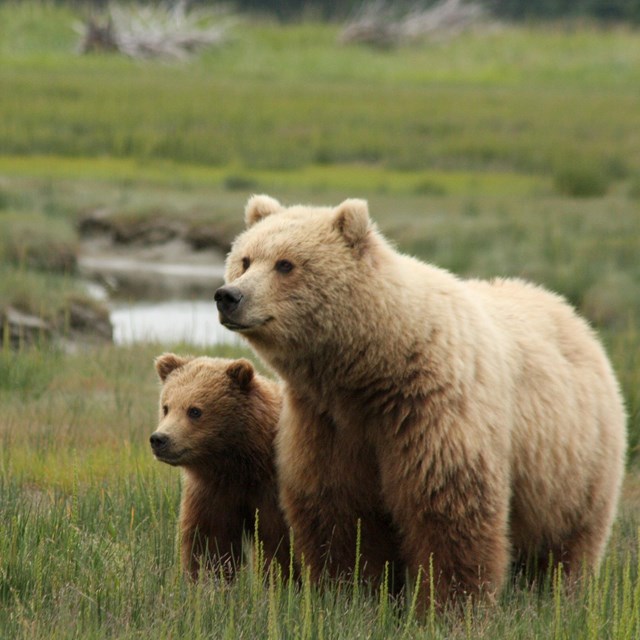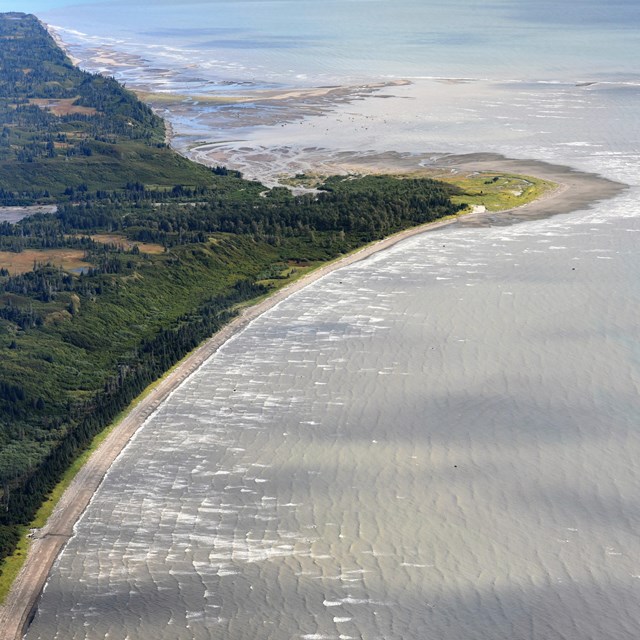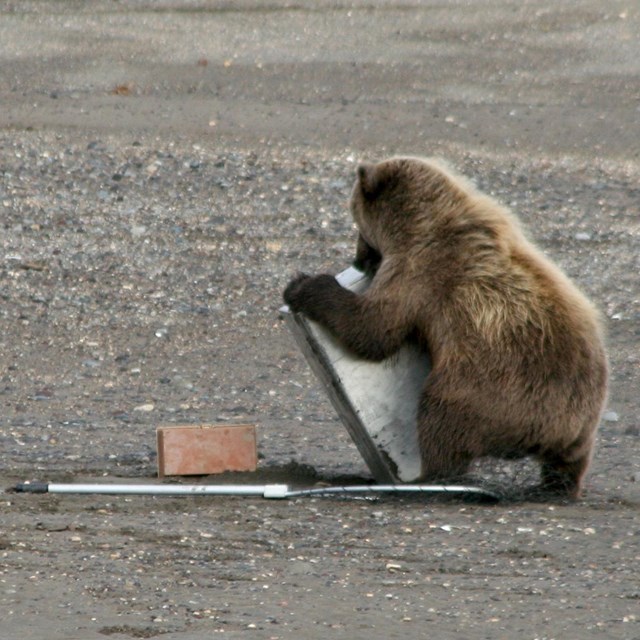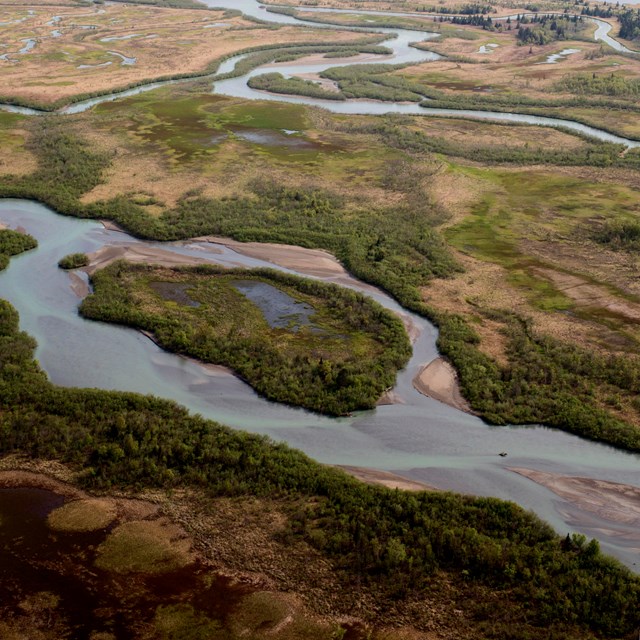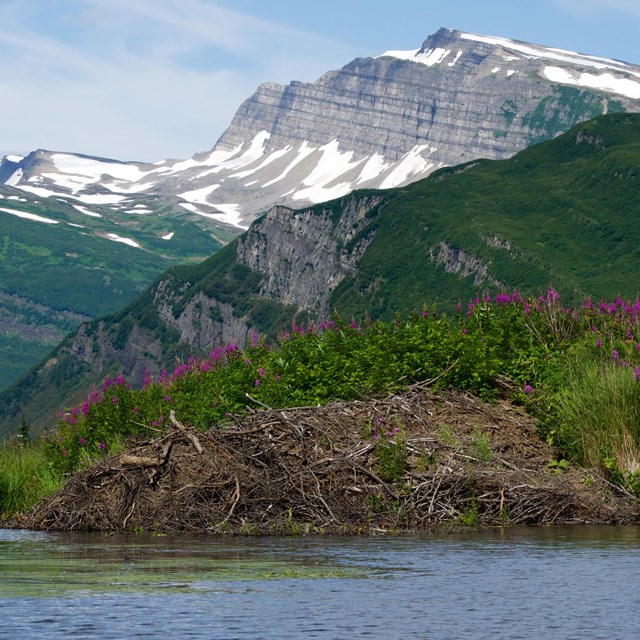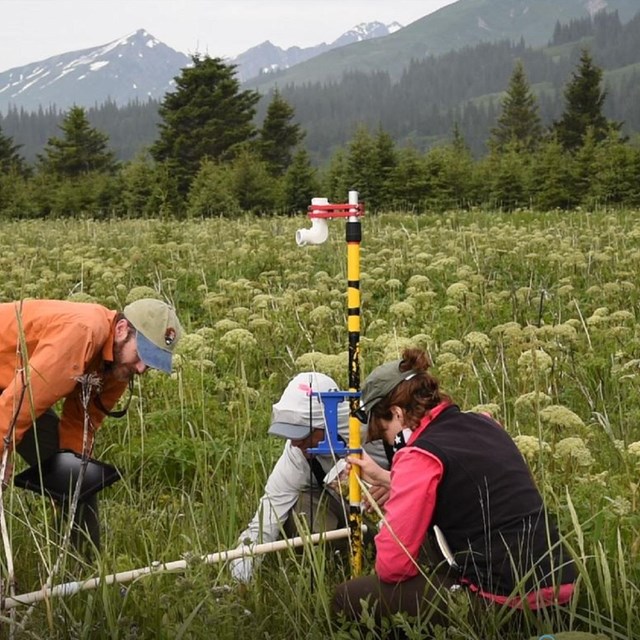|
A trip to Chinitna Bay on Lake Clark's Cook Inlet coast offers a unique experience in the heart of coastal brown bear country. This page provides the information you need to plan your trip. 
NPS/J. Pfeiffenberger 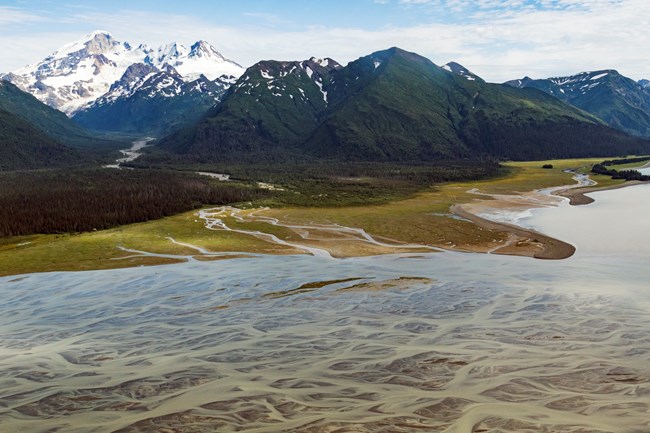
NPS/T. Vaughn Getting to Chinitna Bay Flying to Chinitna Bay Click the link above to see a list of all the air taxis that are permitted to operate in the park. Prices depend on group size, type of airplane, length of flight, and where the flight originates. Contact each air taxi operator directly to determine availability and the cost for your trip. Taking a Boat to Chinitna Bay Navigating the Tides Latitude/Longitude A Passenger's Role in AviationFlying Safely in a Bush PlaneGetting AroundTravel between bear viewing sites at Chinitna Bay is most commonly by foot, though some area lodges may offer vehicular transportation along the beach to their guests. Be prepared to walk through sandy terrain a few hundred yards from the beach where your plane lands to the nearest bear viewing site. You may walk two or more miles back and forth between sites on the salt marsh and/or those in the tidal flats in search of bears. 
A Vibrant EcosystemWest Cook Inlet Ecology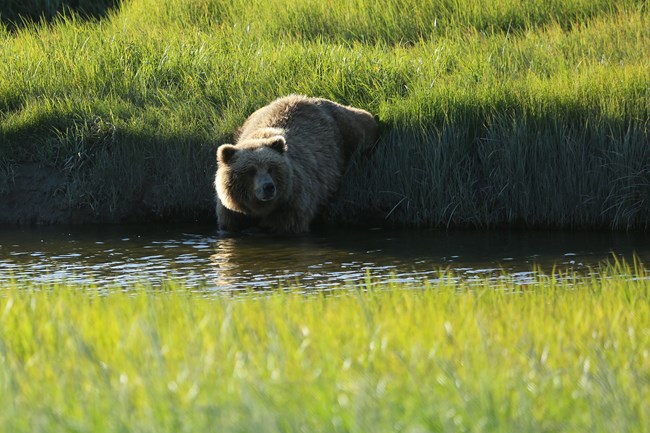
NPS/J. Pfeiffenberger Things to Do Brown Bear Viewing Many bears head to the rivers at the head of the bay when salmon begin to run in late summer. It can be more difficult to watch bears fishing in Chinitna Bay than eating sedges or clamming because of the patchwork of private property at the head of the bay and the reduced number of safe landing areas for small planes. Trespassing on private property is not allowed (see the map above.) Bird Watching
Day Hiking Click the link above to see a list of all the companies that are permitted to operate in the park. Contact each company directly to determine the cost for your trip. 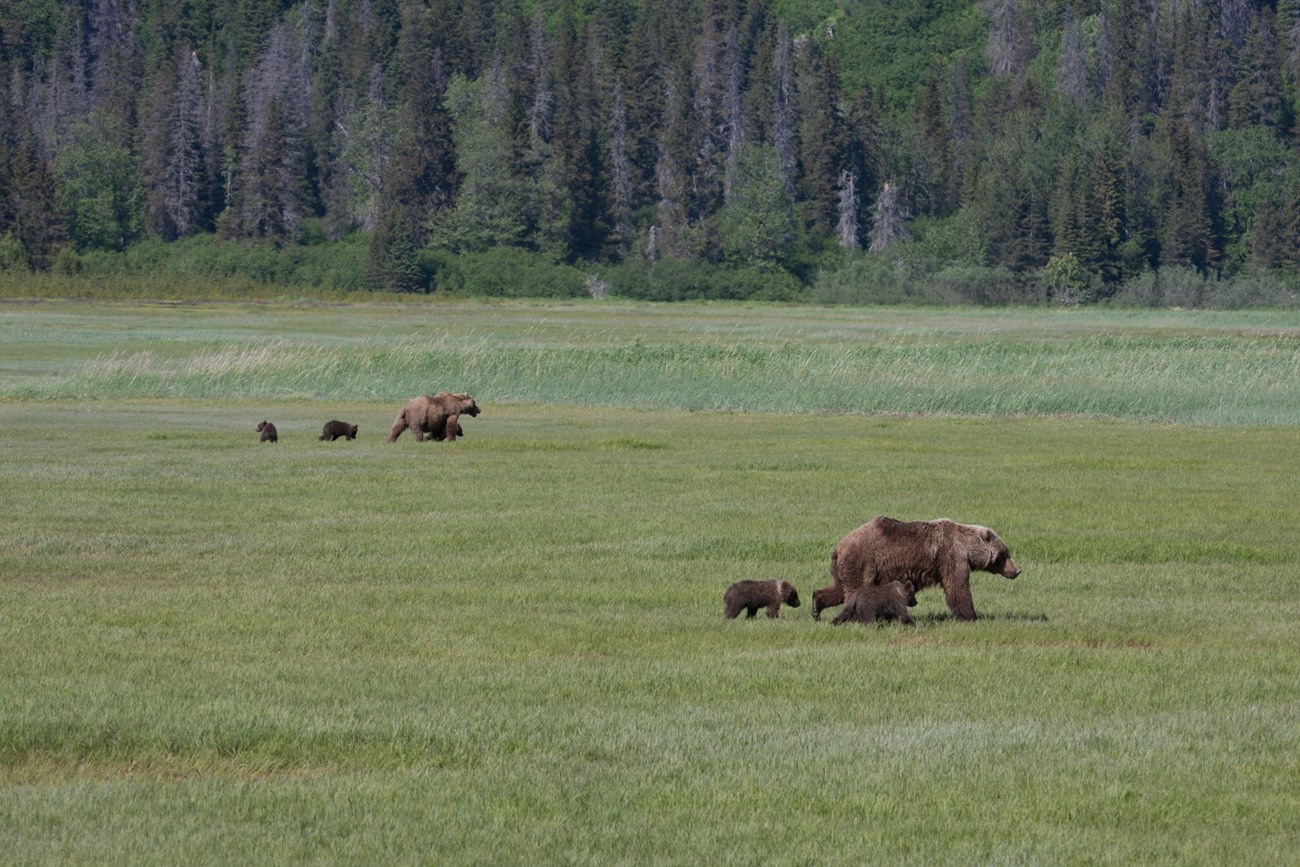
NPS/K. Jalone Staying Safe Bear Viewing Best Practices In Addition to All Other Park Rules and Regulations
A Keystone SpeciesWest Cook Inlet Bear EcologyMore Lake Clark Coast
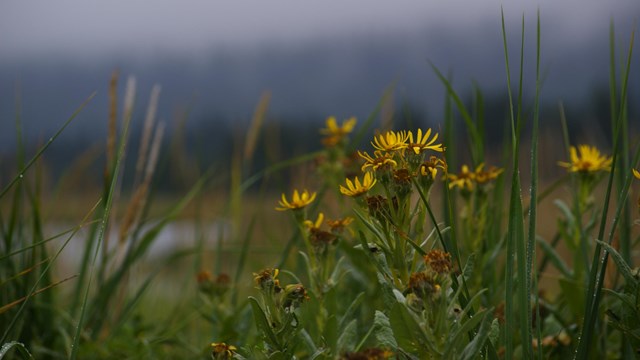
Checklist: Common Salt Marsh Plants
Brush up your knowledge of common sedges, grasses, flowers, and other plants of the Cook Inlet Coast. 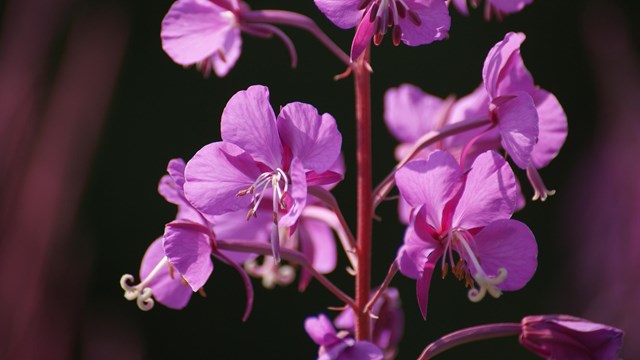
Common Showy Flowers of Cook Inlet
Look closer at common showy flowers to learn how to identify and where to find them. 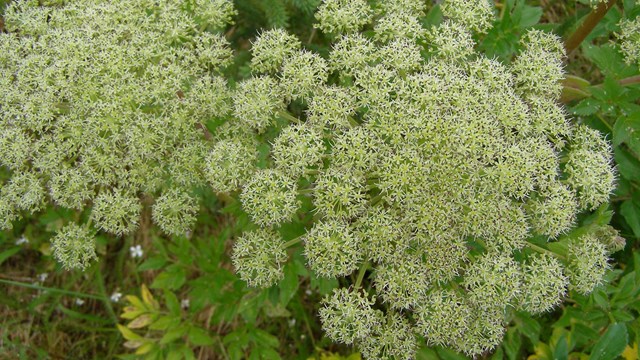
Sedges and Grasses of Cook Inlet
Get a closer look at common salt marsh sedges and grasses and how to identify them. 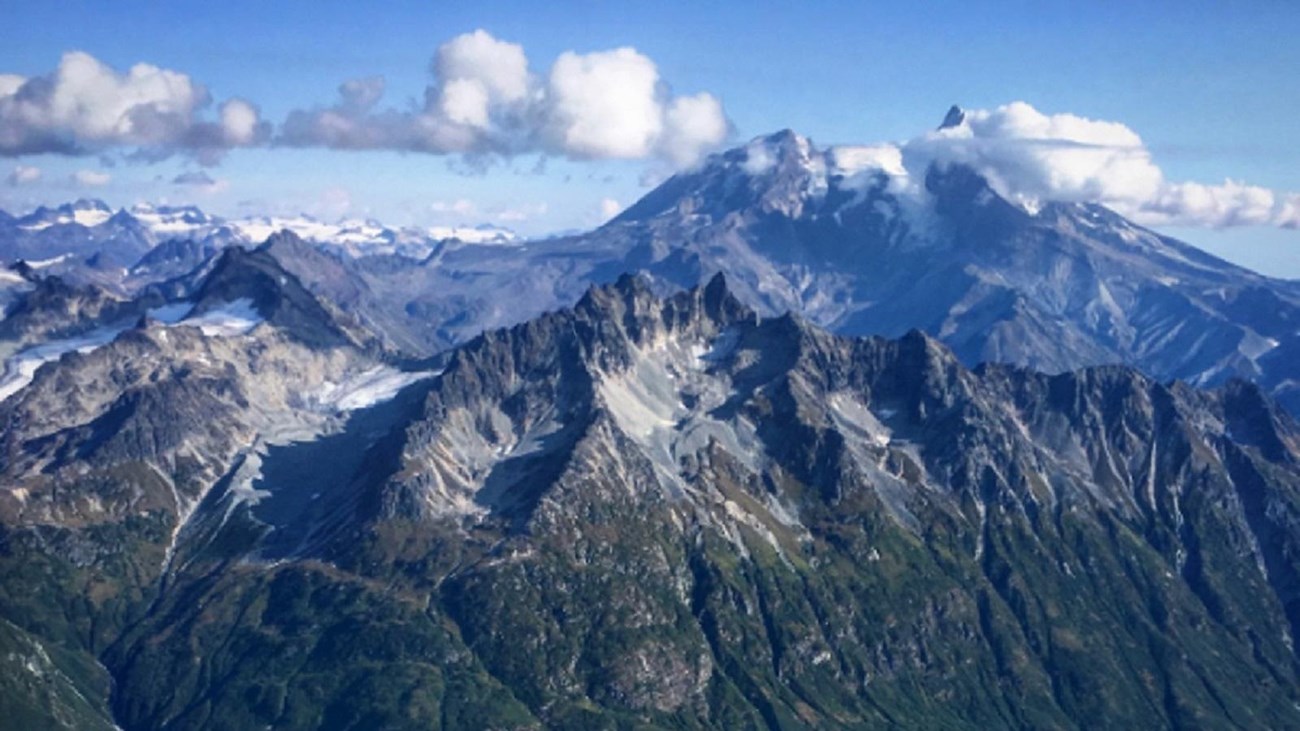
West Cook Inlet Coastal Geology
Tune in to how Lake Clark National Park's physiographic features are still shifting today. 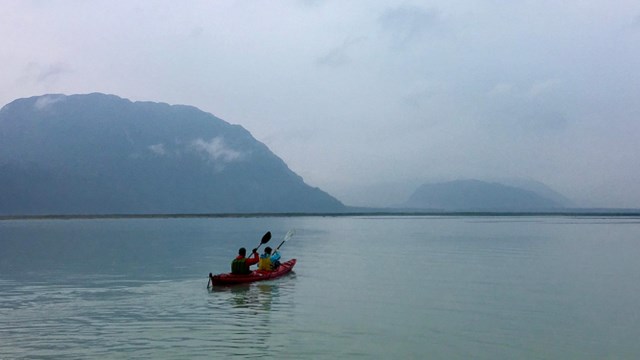
West Cook Inlet Coastal Archeology
By conducting research, archeological evidence lends understanding to past traditions and its legacy. 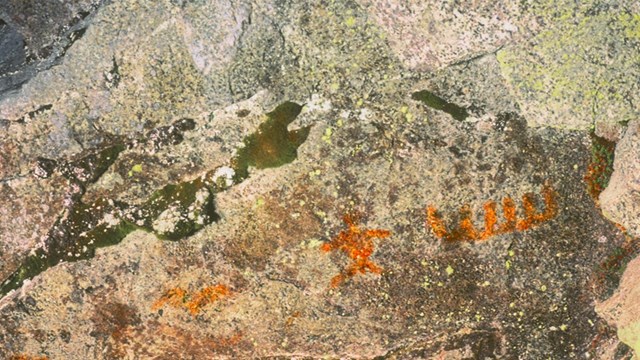
Pictographs on the Cook Inlet Coast
People have utilized the shoreline along west Cook Inlet within Lake Clark National Park and Preserve for at least 3500 years. |
Last updated: May 30, 2024

